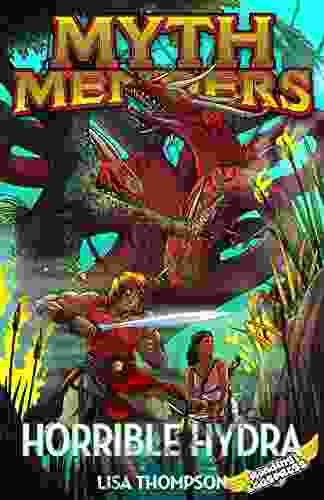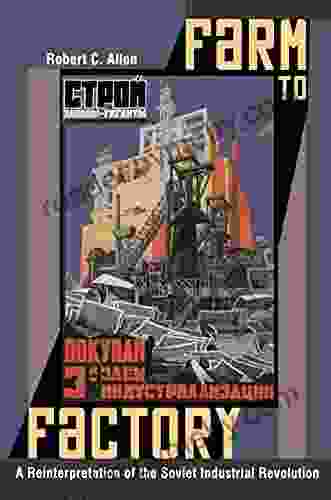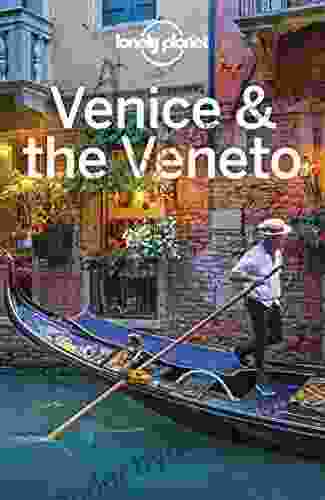Unveiling the Horrors of the Hydra: A Literary Odyssey into the Depths of Ancient Greek Mythology

Within the labyrinthine tapestry of ancient Greek mythology, there lurks a creature of unimaginable horror and primal power—the Hydra. With its multiple serpentine heads, venomous breath, and regenerative abilities, the Hydra has captivated human imaginations for centuries.
4.1 out of 5
| Language | : | English |
| File size | : | 6504 KB |
| Text-to-Speech | : | Enabled |
| Enhanced typesetting | : | Enabled |
| Word Wise | : | Enabled |
| Print length | : | 30 pages |
| Lending | : | Enabled |
| Screen Reader | : | Supported |
The Genesis of a Monstrous Creation
According to the ancient myths, the Hydra was the offspring of the monstrous Typhon and Echidna, a union that epitomized the forces of chaos and destruction. Its lair was the dark and treacherous swamps of Lerna, a place where the boundaries between the living and the underworld blurred.
The Hydra possessed the unique ability to regenerate its severed heads. For every head that was slain, two would grow back in its place, making it a seemingly invincible adversary. This gruesome characteristic symbolized the unrelenting nature of evil and the formidable challenges that humans often face.
Heracles and the Hydra: A Clash of Titans
In the realm of Greek mythology, the hero Heracles emerged as the formidable opponent destined to vanquish the Hydra. As part of his legendary twelve labors, Heracles was tasked with slaying this monstrous beast.
Armed with his trusty club and the aid of his loyal nephew Iolaus, Heracles confronted the Hydra in a fierce battle. With each stroke of his club, he severed one of the Hydra's heads, only to see two more take its place. Undeterred, Heracles devised a clever strategy.
As Iolaus cauterized the severed stumps with a flaming torch, preventing new heads from growing, Heracles continued to wield his club with relentless force. Finally, with the last head severed and the Hydra's regenerative powers exhausted, the hero emerged victorious.
The Enduring Legacy of the Hydra
Throughout history, the Hydra has served as a potent symbol in literature, art, and popular culture. Its multiple heads represent the myriad challenges and obstacles that humans encounter in their lives.
Authors such as Homer, Hesiod, and Sophocles have immortalized the Hydra in their epic poems and dramas, capturing its terrifying presence and the timeless human struggle against adversity.
In the annals of art, the Hydra has been depicted in awe-inspiring sculptures, paintings, and mosaics. From the intricate ceramics of ancient Greece to the haunting canvases of modern masters, artists have sought to portray the grotesque beauty and primal power of this mythical creature.
Unveiling the Hydra's Timeless Lessons
Beyond its mythical origins, the Hydra offers profound insights into the human condition. Its multiple heads symbolize the complexities and contradictions that reside within us all. The Hydra's regenerative abilities remind us of the resilience and adaptability of the human spirit.
The story of Heracles and the Hydra teaches us the importance of courage, determination, and the power of collaboration. It demonstrates that even in the face of overwhelming odds, humans can triumph over adversity by confronting their fears and working together.
The Hydra, a creature born from the depths of ancient Greek mythology, continues to fascinate and terrify audiences to this day. Its multiple heads, venomous breath, and regenerative abilities embody the primal fears and challenges that humans have grappled with throughout history.
Through its presence in literature, art, and popular culture, the Hydra has become an enduring symbol of the human condition. Its timeless lessons remind us of the complexities within us, the resilience of the human spirit, and the importance of facing our fears head-on.
4.1 out of 5
| Language | : | English |
| File size | : | 6504 KB |
| Text-to-Speech | : | Enabled |
| Enhanced typesetting | : | Enabled |
| Word Wise | : | Enabled |
| Print length | : | 30 pages |
| Lending | : | Enabled |
| Screen Reader | : | Supported |
Do you want to contribute by writing guest posts on this blog?
Please contact us and send us a resume of previous articles that you have written.
 Book
Book Novel
Novel Page
Page Chapter
Chapter Text
Text Story
Story Genre
Genre Reader
Reader Library
Library Paperback
Paperback E-book
E-book Magazine
Magazine Newspaper
Newspaper Paragraph
Paragraph Sentence
Sentence Bookmark
Bookmark Shelf
Shelf Glossary
Glossary Bibliography
Bibliography Foreword
Foreword Preface
Preface Synopsis
Synopsis Annotation
Annotation Footnote
Footnote Manuscript
Manuscript Scroll
Scroll Codex
Codex Tome
Tome Bestseller
Bestseller Classics
Classics Library card
Library card Narrative
Narrative Biography
Biography Autobiography
Autobiography Memoir
Memoir Reference
Reference Encyclopedia
Encyclopedia William Kennedy
William Kennedy Izumi Miyazono
Izumi Miyazono Marjorie Druker
Marjorie Druker Rafer Roberts
Rafer Roberts Mark Wandrey
Mark Wandrey Sue Stauffacher
Sue Stauffacher Walt Browning
Walt Browning Kris Wilder
Kris Wilder Marcus Richardson
Marcus Richardson Susan L Roth
Susan L Roth William Regal
William Regal Sophie Fuggle
Sophie Fuggle Russell Napier
Russell Napier Rosanne S Mchenry
Rosanne S Mchenry Mark Bowden
Mark Bowden Nick Jans
Nick Jans Emily Larson
Emily Larson Michael Ross
Michael Ross Michael Robertson
Michael Robertson Talib K Morgan
Talib K Morgan
Light bulbAdvertise smarter! Our strategic ad space ensures maximum exposure. Reserve your spot today!

 Craig CarterAn Ecological and Community Approach: Unlocking the Transformative Power of...
Craig CarterAn Ecological and Community Approach: Unlocking the Transformative Power of...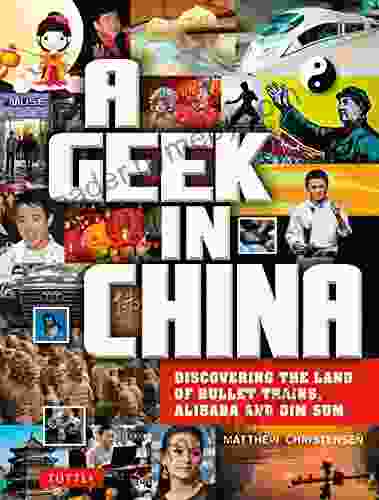
 Ibrahim BlairDiscovering the Land of Alibaba Bullet Trains and Dim Sum: A Guide to China's...
Ibrahim BlairDiscovering the Land of Alibaba Bullet Trains and Dim Sum: A Guide to China's... Isaias BlairFollow ·13.7k
Isaias BlairFollow ·13.7k Carlos DrummondFollow ·3.8k
Carlos DrummondFollow ·3.8k Kevin TurnerFollow ·13.2k
Kevin TurnerFollow ·13.2k Jaime MitchellFollow ·2.4k
Jaime MitchellFollow ·2.4k Tennessee WilliamsFollow ·8.6k
Tennessee WilliamsFollow ·8.6k Dalton FosterFollow ·5.4k
Dalton FosterFollow ·5.4k Cristian CoxFollow ·8k
Cristian CoxFollow ·8k Mark MitchellFollow ·15.8k
Mark MitchellFollow ·15.8k
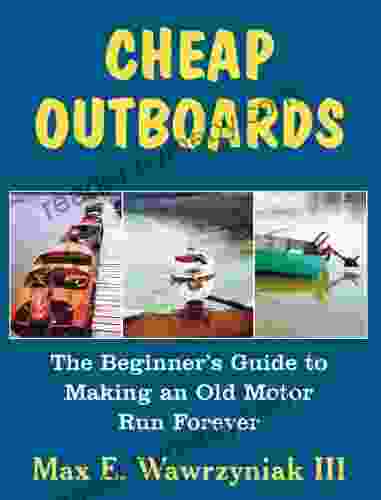
 Wayne Carter
Wayne CarterThe Beginner's Guide to Making an Old Motor Run Forever
If you're like most...
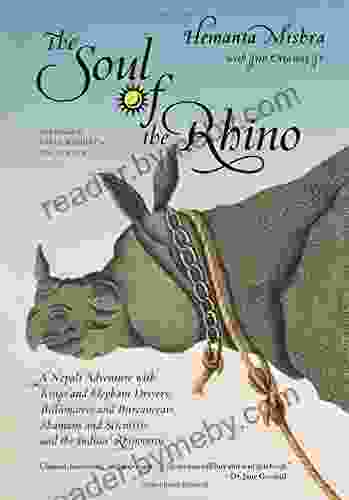
 Deacon Bell
Deacon BellNepali Adventure: Kings and Elephant Drivers,...
In the heart of the...
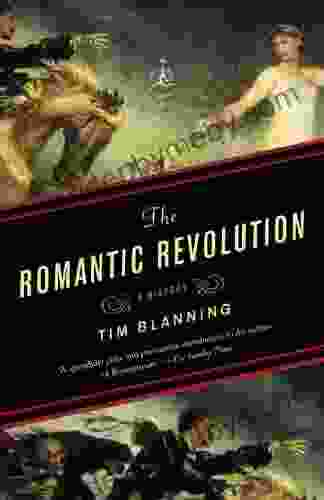
 Carlos Drummond
Carlos DrummondThe Romantic Revolution: A Journey Through History and...
Unveiling the...
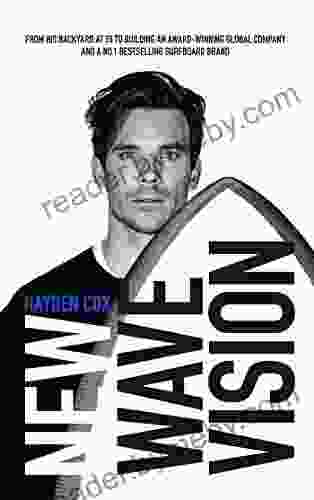
 Kazuo Ishiguro
Kazuo IshiguroUnlock Your Inner Innovator: Dive into the New Wave...
Embark on a Transformative Journey of...
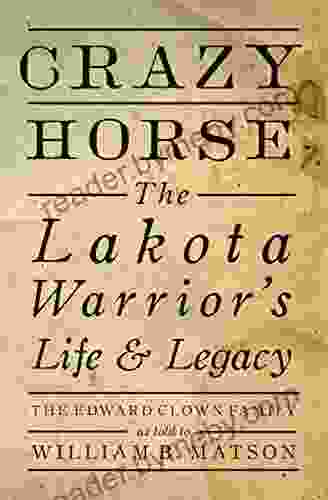
 William Golding
William GoldingCrazy Horse: The Lakota Warrior's Life and Legacy
In the annals of Native...

 Hector Blair
Hector BlairMildred and Richard Loving: The Inspiring Story of...
Mildred and Richard Loving were an...
4.1 out of 5
| Language | : | English |
| File size | : | 6504 KB |
| Text-to-Speech | : | Enabled |
| Enhanced typesetting | : | Enabled |
| Word Wise | : | Enabled |
| Print length | : | 30 pages |
| Lending | : | Enabled |
| Screen Reader | : | Supported |


